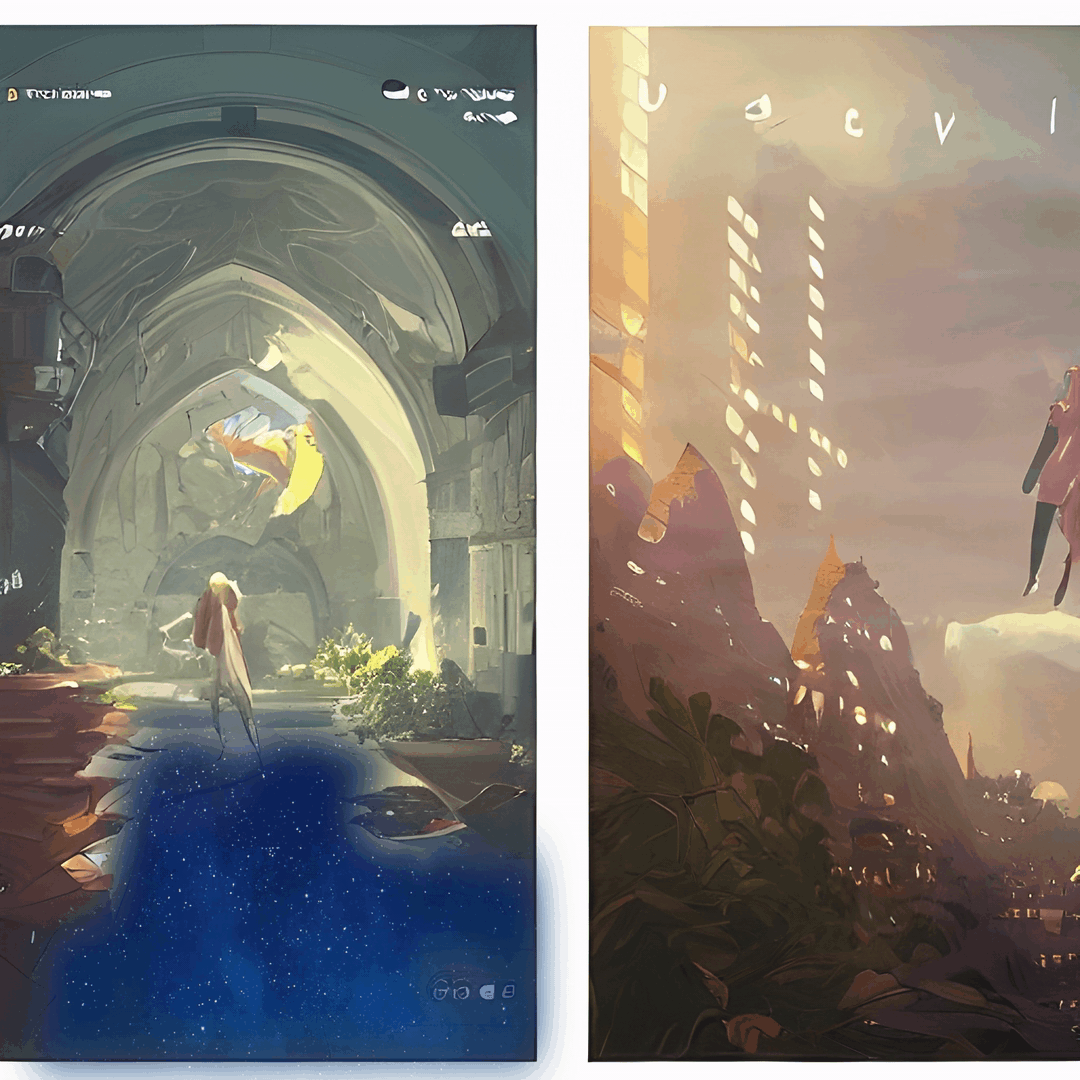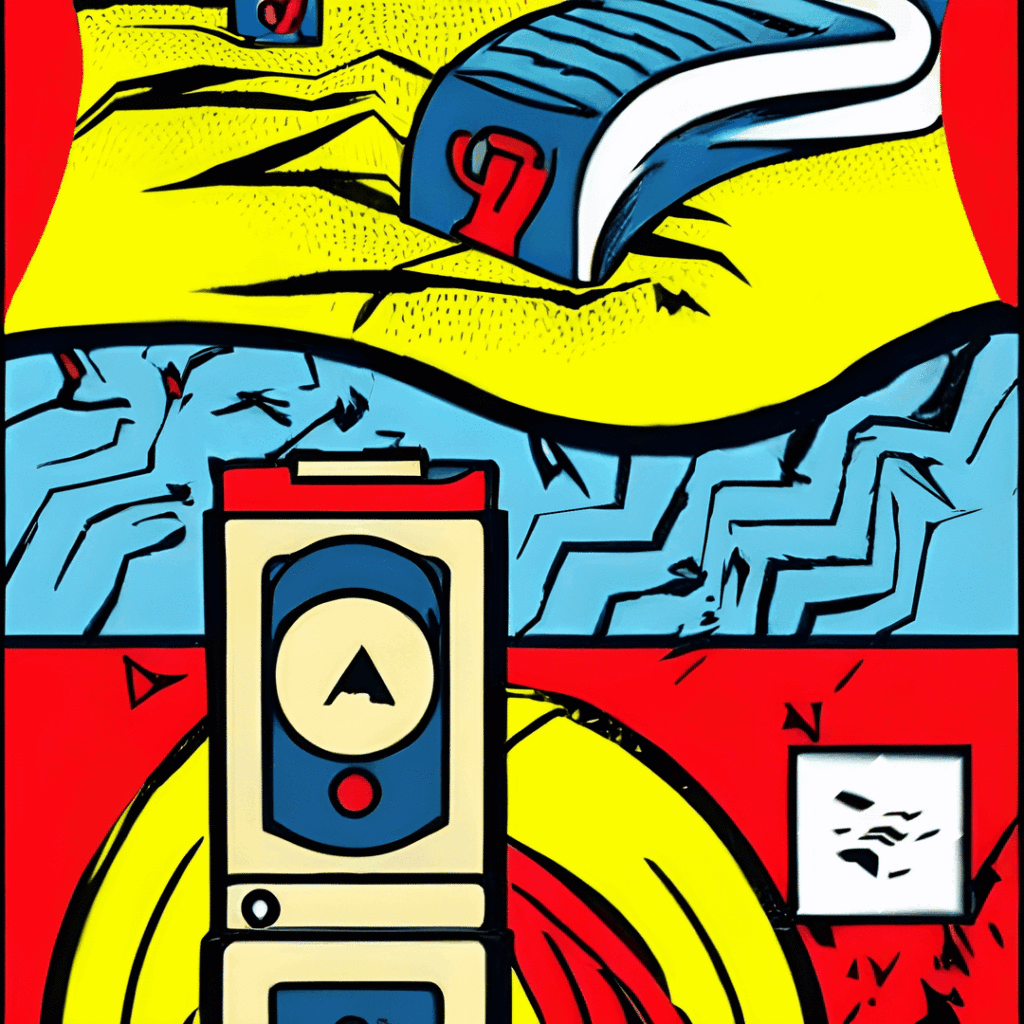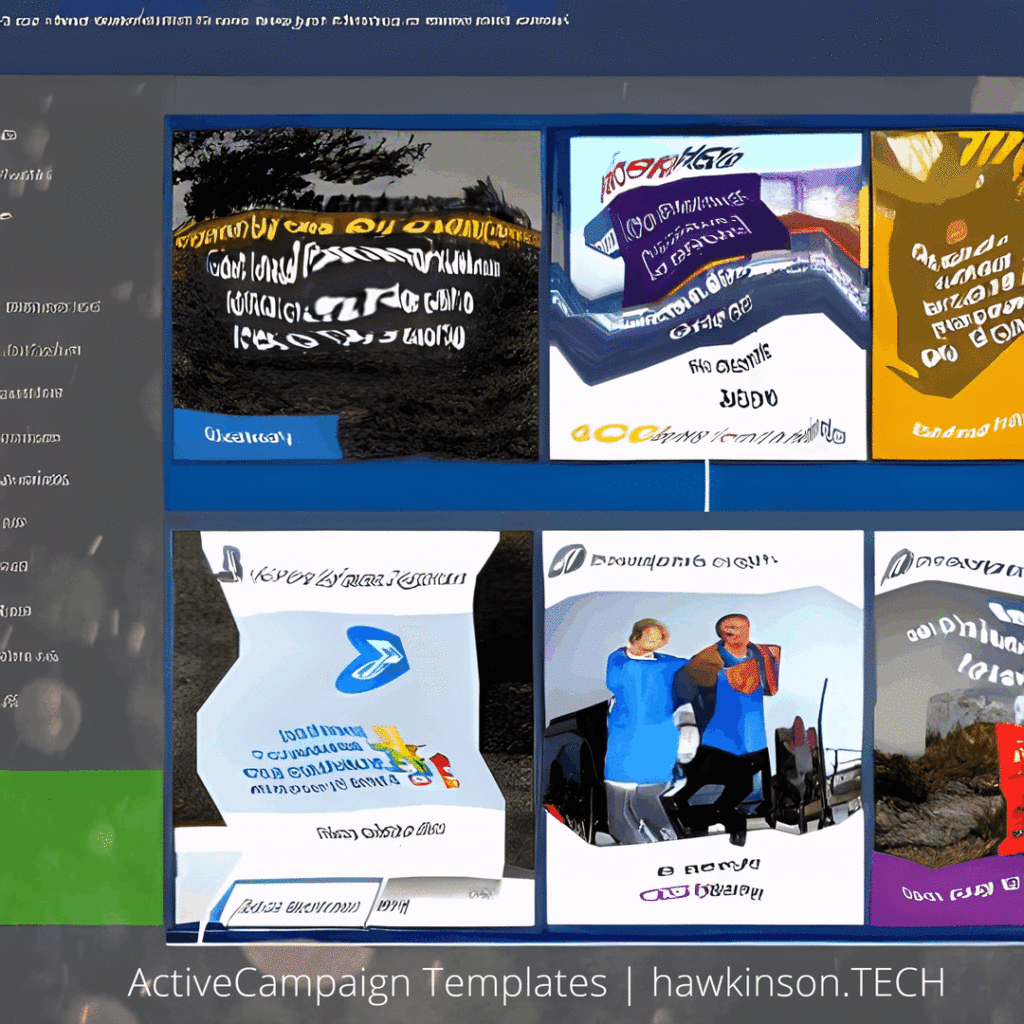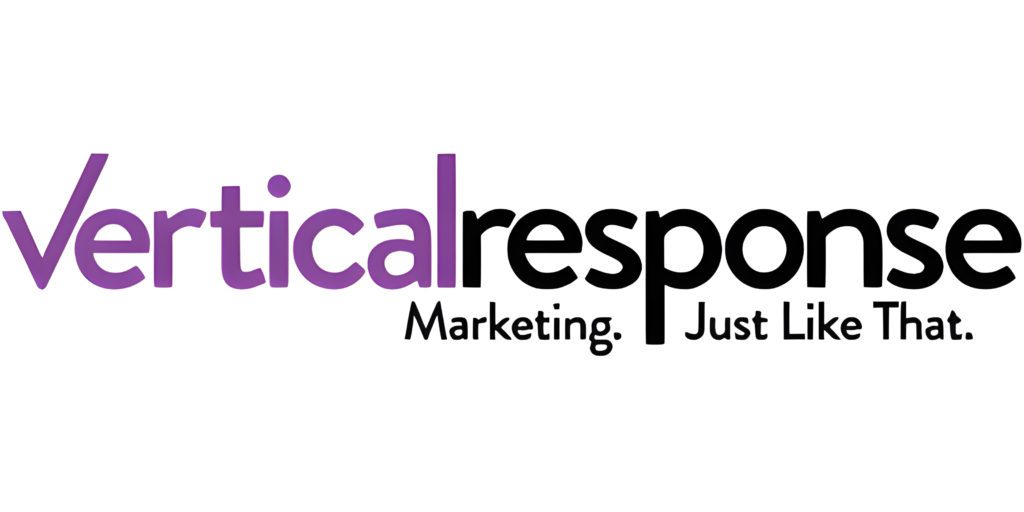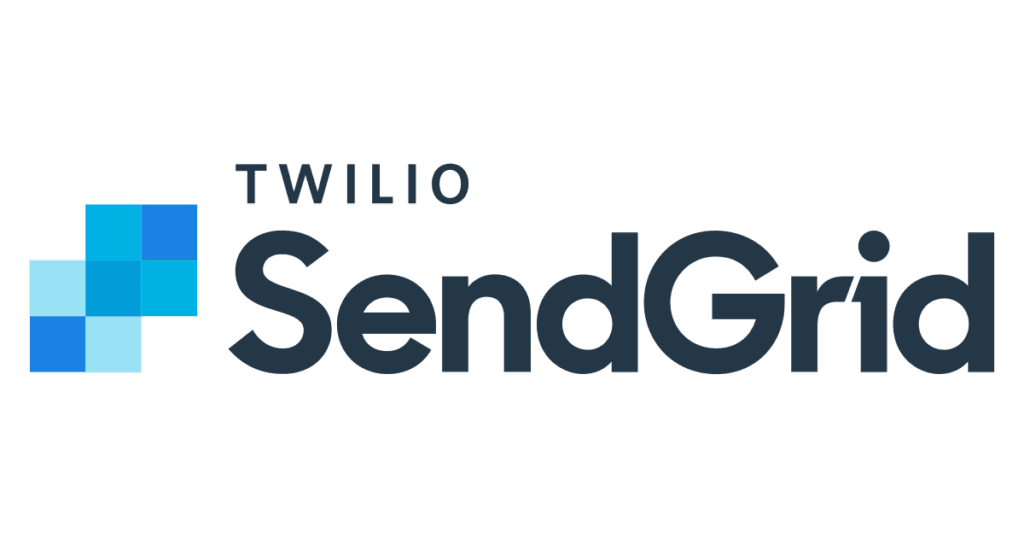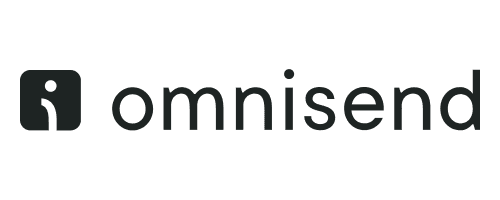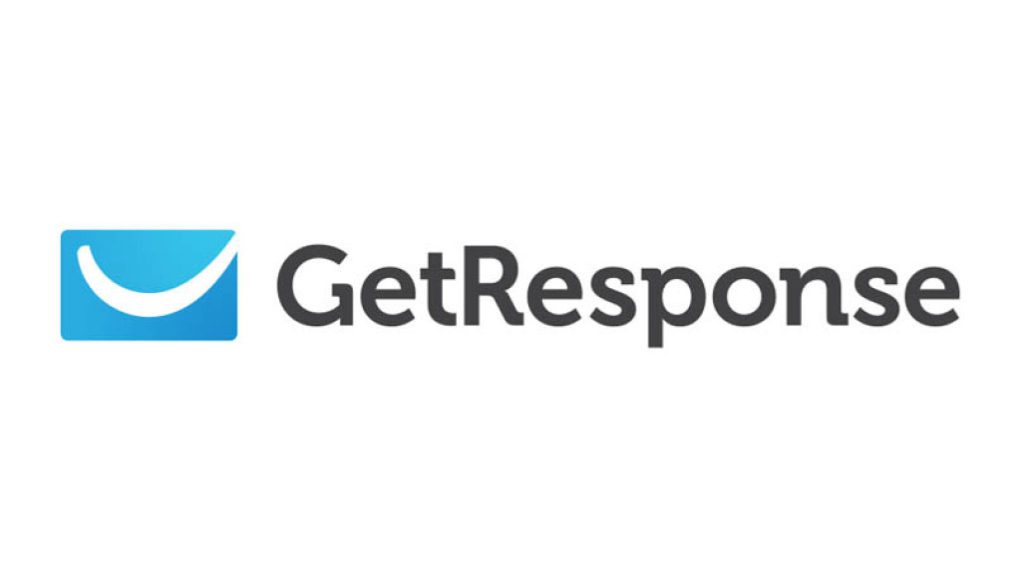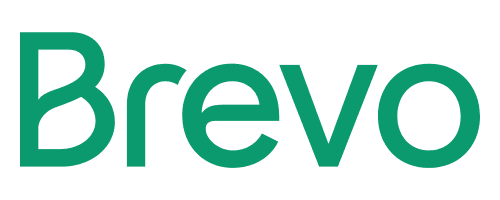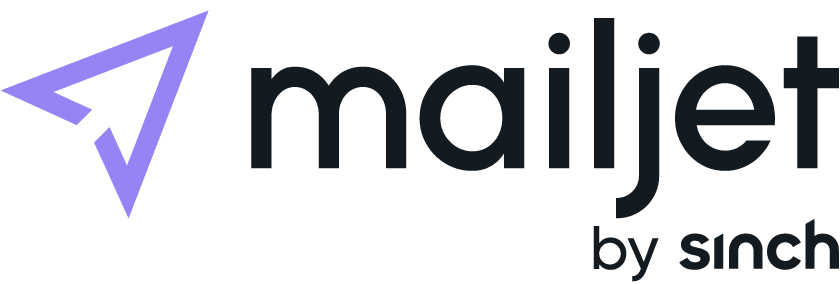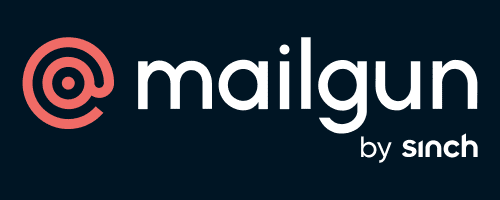Are you tired of sending countless emails to your subscribers only to see minimal conversions? It’s time to transform your email marketing strategy from mere clicks to actual conversions. In today’s digital landscape, having a large mailing list is not enough – you need to engage your audience and guide them through a well-optimized marketing funnel. But where do you start? In this article, we will explore the essential steps to take your email marketing from average to exceptional. From crafting attention-grabbing subject lines to designing compelling landing pages, we will delve into the tactics that will help you maximize your email campaign’s success. Discover how to segment your audience, personalize your messages, and leverage automation tools to nurture your leads effectively. Whether you’re a seasoned marketer or just getting started, this comprehensive guide will equip you with the knowledge and strategies to convert your email clicks into valuable conversions. So, let’s dive in and unlock the potential of your email marketing funnel!
Understanding the Customer Journey
Before delving into the specifics of optimizing your email marketing funnel, it’s crucial to understand the customer journey. Every customer goes through several stages before purchasing or taking the desired action. These stages typically include awareness, consideration, and decision. By mapping out the customer journey, you can tailor your email marketing efforts to address your audience’s specific needs and pain points at each stage.
In the awareness stage, your goal is to capture the attention of potential customers who may not be familiar with your brand or product. Here, you can use email campaigns to provide educational content, highlight the benefits of your offerings, and build trust with your audience. Consideration is when potential customers evaluate their options and compare different solutions. Use email marketing to showcase customer testimonials, case studies, and product demonstrations highlighting your brand’s unique value. In the decision stage, your emails should focus on creating a sense of urgency, offering exclusive deals, or providing incentives to encourage a purchase.
Understanding the customer journey allows you to develop targeted email campaigns that resonate with your audience at each stage. By aligning your content with their needs and desires, you can increase the likelihood of conversions and drive better results from your email marketing efforts.
The Importance of a Well-Optimized Email Marketing Funnel
A well-optimized email marketing funnel is essential for maximizing conversions and achieving your business goals. Without a structured and strategic approach, you risk losing potential customers at various touchpoints along the funnel. An optimized email marketing funnel ensures that your subscribers receive the right message at the right time, increasing the chances of engagement and conversion.
One of the key benefits of an optimized email marketing funnel is increased engagement. By delivering relevant and personalized content to your subscribers, you can capture their attention and keep them interested in your brand. This leads to higher open rates, click-through rates, and, ultimately, more conversions.
Additionally, an optimized email marketing funnel allows you to nurture leads effectively. By segmenting your email list and tailoring your messages to specific audience segments, you can provide a more personalized and targeted experience. This improves engagement and helps build trust and credibility with your subscribers.
Moreover, an optimized email marketing funnel enables you to accurately track and measure your campaign’s performance. With the right tools and analytics, you can monitor key metrics such as open rates, click-through rates, conversion rates, and revenue generated from your email campaigns. This data provides valuable insights into what works and doesn’t, allowing you to make data-driven decisions and continuously improve your email marketing strategy.
In the next section, we will explore the steps you can take to optimize your email marketing funnel and drive better results.
Steps to Optimize Your Email Marketing Funnel
Segmenting Your Email List for Better Targeting
Segmenting your email list is crucial in optimizing your email marketing funnel. You can deliver highly relevant and personalized content that resonates with each segment by dividing your subscribers into smaller, more targeted groups based on demographics, interests, purchase history, or engagement level.
Segmentation allows you to tailor your messages to your audience’s specific needs and preferences, increasing the chances of engagement and conversion. For example, if you have an e-commerce store selling various products, you can segment your list based on customers’ purchases. Then, you can send targeted emails promoting related products or offering exclusive discounts on those specific product categories.
To segment your email list effectively, start by collecting relevant data from your subscribers during the sign-up process or through surveys. You can also use tools that track user behavior on your website to gather valuable insights. Once you have the necessary data, use an email marketing platform to create segments based on the criteria that matter most to your business.
Crafting Compelling Subject Lines and Email Content
The subject line is the first thing your subscribers see when they receive your email. It’s crucial to craft attention-grabbing subject lines that entice recipients to open your emails. A compelling subject line should be concise and relevant and create a sense of curiosity or urgency. Experiment with strategies such as asking a question, using numbers or emojis, or offering a solution to a problem.
Once you’ve captured your audience’s attention with a great subject line, it’s equally important to deliver valuable and engaging content in the body of your emails. Keep your messages concise and focused, highlighting the key benefits or information you want to convey. Use a conversational tone and personalize your emails with the recipient’s name to create a more personalized experience.
Remember to include a clear call-to-action (CTA) in your emails. Whether it’s encouraging subscribers to purchase, sign up for a webinar, or download a free resource, a strong and compelling CTA can significantly impact your email’s click-through and conversion rates. Use action-oriented language and make your CTA stand out visually to increase its effectiveness.
Designing Visually Appealing and Mobile-Friendly Emails
In today’s mobile-dominated world, it’s crucial to design visually appealing and mobile-friendly emails. With more and more people accessing their emails on smartphones and tablets, ensuring that your emails render well on different devices and screen sizes is essential.
When designing your emails, keep the following best practices in mind:
- Use a responsive email template that automatically adjusts the layout and font sizes based on the device.
- Keep your email design clean and uncluttered with a clear information hierarchy.
- Use a single-column layout to ensure readability on small screens.
- Optimize your images for faster loading times and ensure they scale properly on different devices.
- Use a legible font size and choose colors that provide a good contrast for easy reading.
By designing visually appealing and mobile-friendly emails, you create a seamless user experience for your subscribers, increasing the chances of engagement and conversion.
Call-to-Action Optimization for Higher Conversions
The call-to-action (CTA) is the most critical element of your email marketing campaign. It’s the driving force behind conversions and the ultimate goal of your emails. To optimize your CTAs for higher conversions, consider the following strategies:
- Make your CTA visually prominent using contrasting colors, larger font sizes, or buttons.
- Use action-oriented language that communicates what you want your subscribers to do. For example, instead of “Click here,” use “Get your free trial now.”
- Create a sense of urgency using words like “limited-time offer” or “only available today.”
- Offer incentives or exclusive deals to encourage subscribers to take action. For example, offer a discount code or a free resource in exchange for signing up or purchasing.
- Test different CTAs and placements to see what works best for your audience. A/B testing can help you identify the most effective CTA design, copy, and placement.
Remember to track and measure your CTAs’ performance to identify improvement areas. Continuously testing and optimizing your CTAs can increase your email campaign’s conversion rates and drive better results.
Monitoring and Analyzing Email Marketing Funnel Performance
To optimize your email marketing funnel effectively, you must regularly monitor and analyze its performance. Tracking key metrics and analyzing the data can provide valuable insights into what’s working and what’s not, allowing you to make data-driven decisions and improve your email marketing strategy.
Some of the key metrics to monitor include:
Open rate: The percentage of recipients who open your emails. A high open rate indicates that your subject lines and sender reputation are effective.
Click-through rate (CTR): The percentage of recipients who click on a link in your email. A high CTR indicates that your email content and CTAs are engaging and compelling.
Conversion rate: The percentage of recipients completing the desired action, such as purchasing or signing up for a webinar. A high conversion rate indicates that your email marketing funnel effectively drives conversions.
Revenue generated: The total revenue generated from your email campaigns. Tracking revenue allows you to measure the direct impact of your email marketing efforts on your business’s bottom line.
Use an email marketing platform that provides detailed analytics and reporting capabilities. Analyze the data to identify patterns, trends, and areas for improvement. For example, noticing a low open rate may indicate that your subject lines need improvement. If your conversion rate is low, it may be a sign that your email content or CTAs need optimization.
Tools and Software to Help Optimize Your Email Marketing Funnel
Optimizing your email marketing funnel can be made easier with the help of various tools and software. Here are some popular options to consider:
Email marketing platforms: Platforms like Mailchimp, Constant Contact, or HubSpot provide various features and functionalities to help you manage and optimize your email campaigns. These platforms often offer A/B testing, segmentation, automation, and analytics capabilities.
Landing page builders: Tools like Unbounce, Leadpages, or Instapage allow you to create visually appealing and conversion-optimized landing pages. Integrating your email campaigns with dedicated landing pages can increase the chances of conversion and provide a seamless user experience.
Analytics tools: Google Analytics is a powerful tool for tracking and analyzing website and email campaign performance. By setting up goals and tracking email campaign data, you can gain insights into the effectiveness of your email marketing funnel.
A/B testing tools: Tools like Optimizely or VWO enable you to run A/B tests to identify the most effective variations of your email content, subject lines, CTAs, or landing pages. A/B testing can help you make data-driven decisions and optimize your email marketing funnel.
Choose the tools that best suit your business needs and budget, and leverage their capabilities to optimize your email marketing funnel effectively.
Conclusion and Key Takeaways
Optimizing your email marketing funnel is crucial for converting your email clicks into valuable conversions. By understanding the customer journey, segmenting your email list, crafting compelling subject lines and email content, designing visually appealing and mobile-friendly emails, optimizing your CTAs, and monitoring and analyzing your email marketing funnel’s performance, you can maximize the success of your email campaigns.
Remember, email marketing is not a one-size-fits-all approach. Delivering the best results requires continuous testing, optimization, and personalization. By leveraging the right tools and strategies, you can transform your email marketing from average to exceptional and unlock the full potential of your email marketing funnel. So start implementing these tactics and watch your conversions soar!
